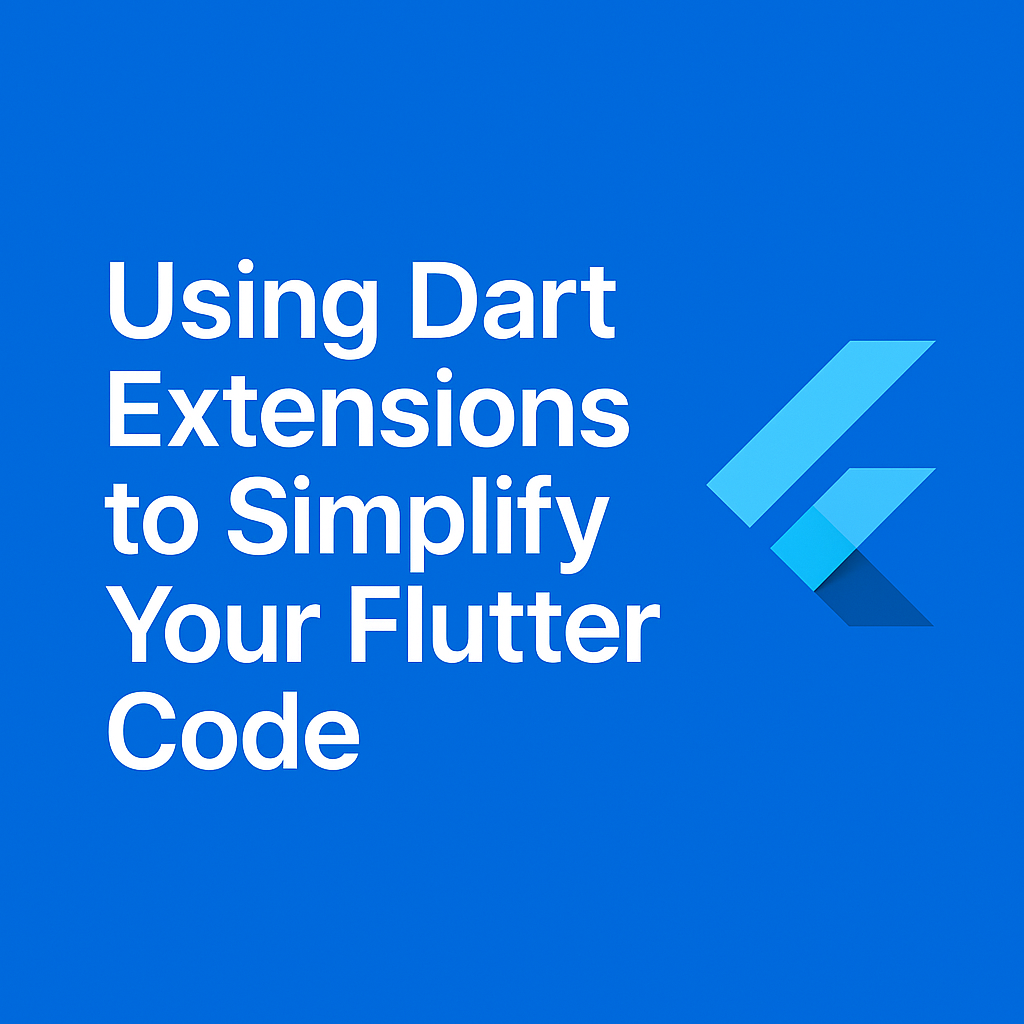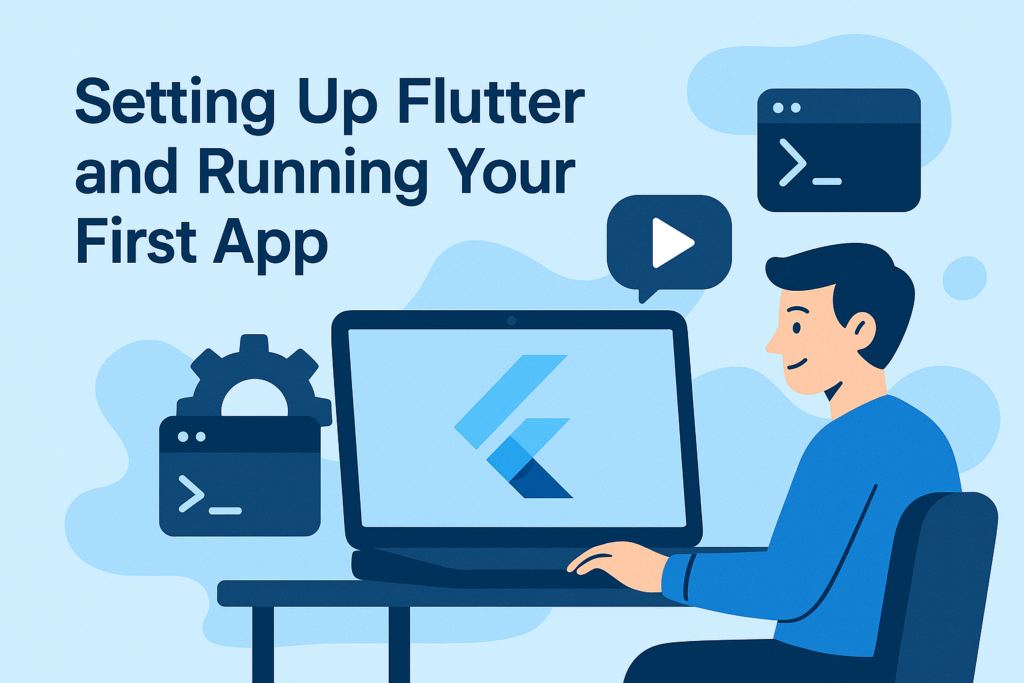
Dart extensions are one of those features that can truly clean up your Flutter code, reduce repetition, and make everything feel more readable. If you’ve ever wished you could “add a method” to a class you don’t control — like String, BuildContext, or Color — Dart extensions are your new best friend.
In this post, we’ll explore what extensions are, why they matter, and how to use them in real Flutter projects.
🔍 What Are Dart Extensions?
Dart extensions allow you to add new functionality to existing classes without subclassing or modifying the original class.
For example, you can add a capitalized() method to the String class like this:
extension StringExtension on String {
String capitalized() =>
isEmpty ? '' : '${this[0].toUpperCase()}${substring(1)}';
}
Now you can call:
print('hello world'.capitalized()); // Output: Hello world
Clean, simple, and intuitive.
To learn more about how extension methods work under the hood, check out the official Dart documentation on extension methods.
💡 Why Use Extensions?
- ✅ Cleaner Code – Reduce utility method clutter
- ✅ Improved Readability –
context.navigate()>Navigator.of(context).push(...) - ✅ Reusability – Define once, use everywhere
- ✅ Intellisense Friendly – Works with IDE autocomplete
- ✅ Scoped and Safe – You define where they’re available
📦 Real Flutter Examples
1. Navigation Shortcut
extension NavigationExtension on BuildContext {
void push(Widget page) {
Navigator.of(this).push(
MaterialPageRoute(builder: (_) => page),
);
}
}
Usage:
context.push(MyNextPage());
2. Hex to Color
extension HexColor on String {
Color toColor() {
final hex = replaceAll('#', '');
return Color(int.parse('FF$hex', radix: 16));
}
}
Usage:
final color = '#FF5733'.toColor();
3. Padding and Spacing Widgets
extension WidgetSpacing on Widget {
Widget withPadding([EdgeInsets padding = const EdgeInsets.all(8)]) {
return Padding(padding: padding, child: this);
}
}
Usage:
Text('Hello').withPadding()
4. List Enhancer
extension ListExtensions<T> on List<T> {
bool get isNullOrEmpty => this == null || isEmpty;
}
Usage:
if (myList.isNullOrEmpty) {
// Show empty message
}
🧠 Best Practices for Extensions
- Use them to enhance readability, not hide logic
- Group similar extensions together (e.g.,
string_extensions.dart) - Avoid naming conflicts by keeping extensions scoped
- Don’t overuse — sometimes regular utility methods are better
📚 Bonus: Extension Method Limits
- Extensions can’t access private members of the original class
- They are resolved at compile time, so conflicts are rare but possible
- IDEs like VS Code and Android Studio provide IntelliSense for them
🏁 Conclusion
Dart extensions are a modern, elegant solution to writing cleaner Flutter code. By using them wisely, you can turn verbose or repetitive patterns into simple, expressive one-liners — all without sacrificing clarity.
Try building your own extensions for routing, text styling, color handling, and more. You’ll be amazed at how much better your code starts to look.



